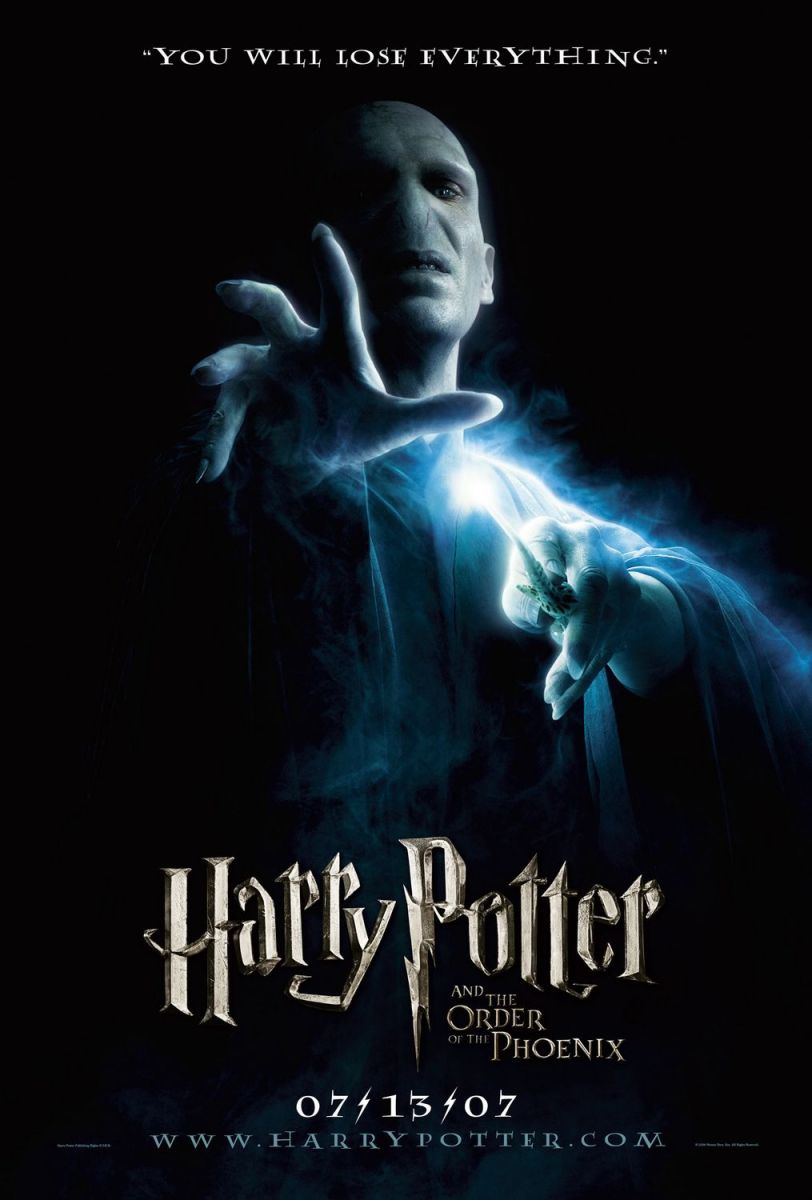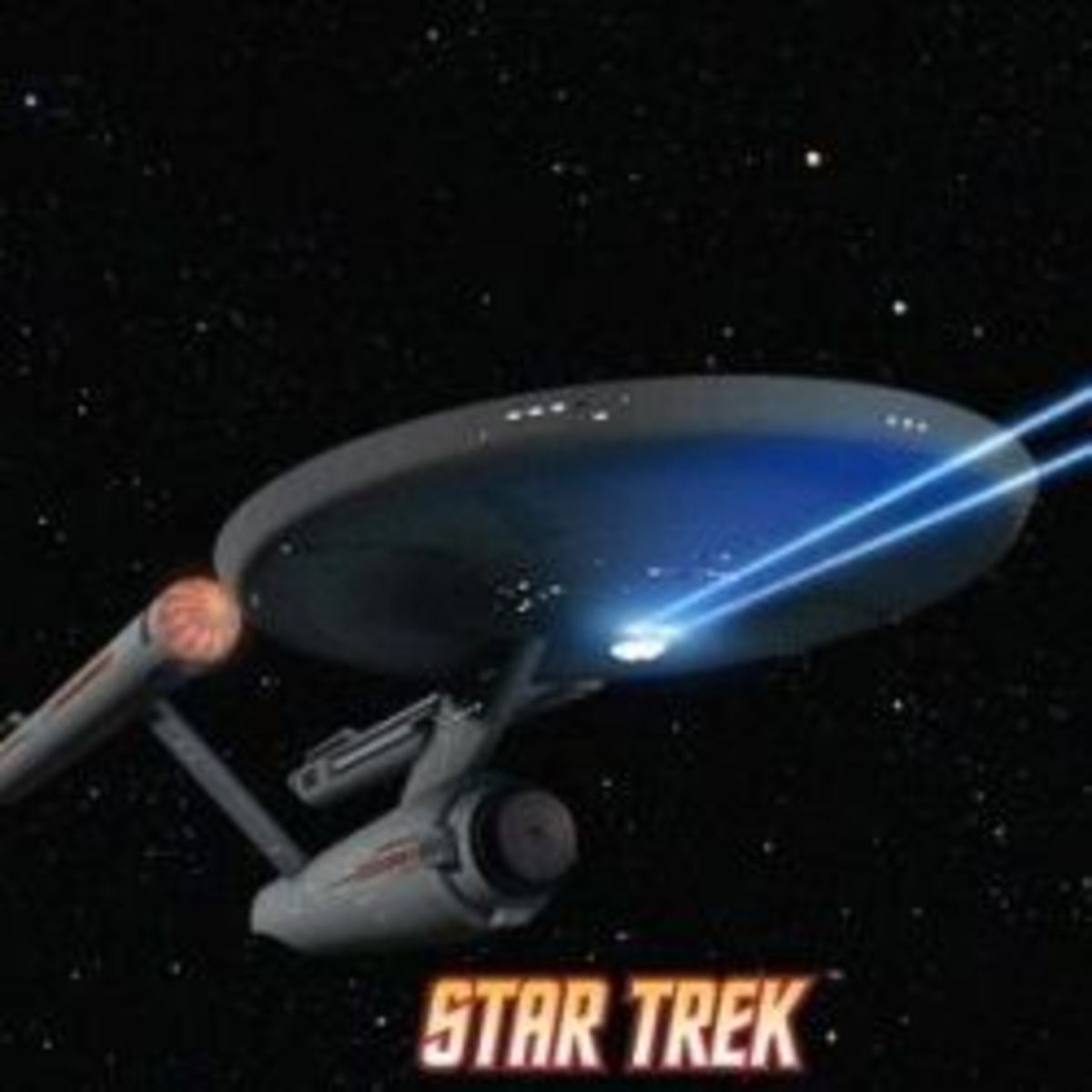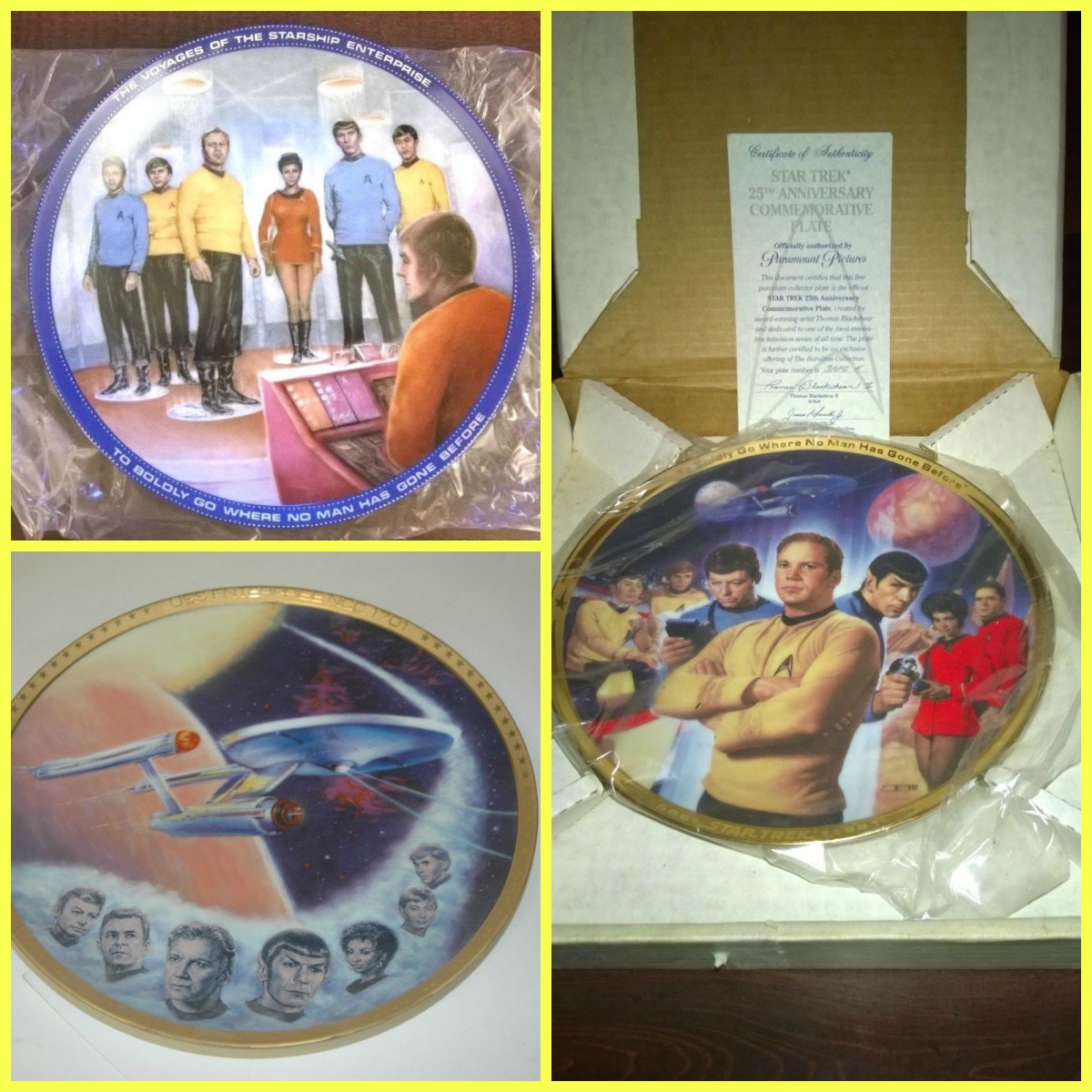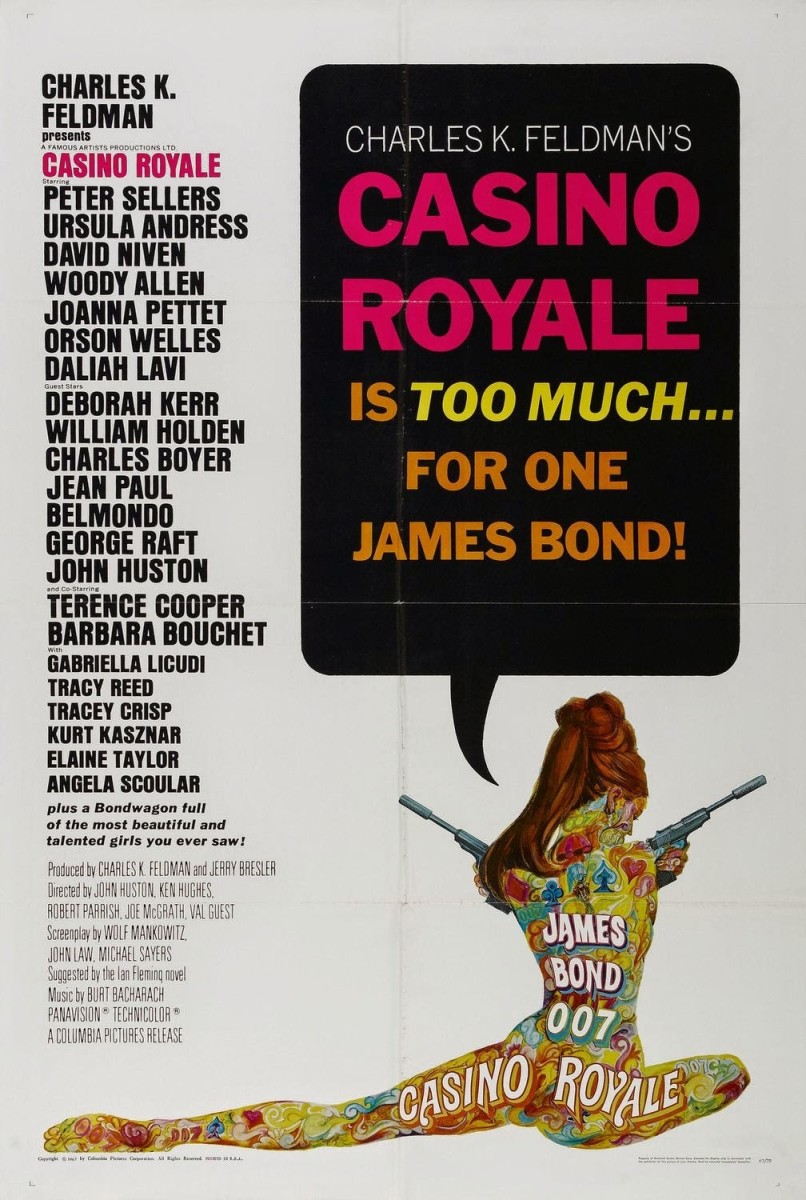Should I Watch..? 'Star Trek III: The Search For Spock' (1984)
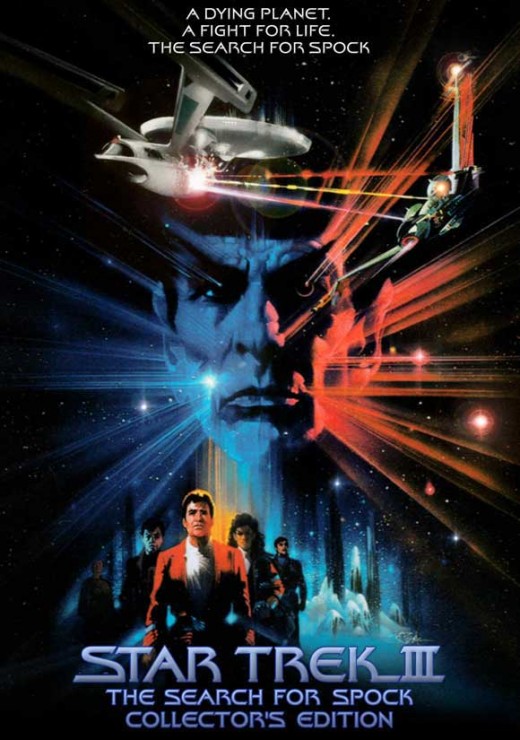
What's the big deal?
Star Trek III: The Search For Spock is a sci-fi film released in 1984 and marks the third film based on the original TV series created by Gene Roddenberry. It is a direct sequel to the second Star Trek film, The Wrath Of Khan, and follows Kirk and the Enterprise crew as they attempt to reunite with their deceased colleague Spock on the newly-formed planet Genesis while evading the deadly grasp of a power-hungry Klingon. Paramount quickly gave the go-ahead after the success of the second film and offered Nimoy to chance to direct after he had previously expressed reservations about returning to the role of Spock. The film received a largely positive response from critics and went on to earn $87 million.
Watchable
What's it about?
Barely escaping from the explosion caused by the Genesis device, the damaged USS Enterprise returns to Earth Spacedock for repairs. As Doctor McCoy is detained after exhibiting strange behaviour, Admiral Kirk and the crew are informed that the Enterprise is to be decommissioned and a gagging order is placed on the crew regarding the top-secret Genesis device and the newly-formed planet generated as a result of Khan's actions.
Meanwhile, on Genesis itself, scientist (and Kirk's son) David Marcus and Lieutenant Saavik are part of a Federation team monitoring the new planet as it terraforms before their eyes. Detecting an unusual life-form, they discover a resurrected Spock as a young boy who ages in symbiosis with the planet. As they send a message to the Federation about their discovery, they are unaware that their messages have been intercepted by the Klingon commander Kruge aboard his Bird Of Prey warship...
Trailer
What's to like?
After the stripped-back, stark simplicity of part two, the franchise feels on safer and more familiar territory with The Search For Spock. Once again, the film explores a variety of themes in much the same way the original show used to be about much more than phaser fire and photon torpedoes. Having a cast member direct the film means that the film delves into the characters a lot more than you might expect - Kirk's reaction to devastating news is both brilliantly shot and performed and it's not often Shatner gets plaudits for his acting.
The film is much wider in scope, detailing Spock's homeworld and Vulcan mythology as well as reintroducing the much-missed Klingons to the series. Credit for this goes to Lloyd for his captivating portrayal of Kruge, arguably one of the best baddies in the entire franchise. The film has a decent level of visual effects but noticeably rougher around the edges compared to another, more financially successful sci-fi saga at the time. The best moments are the model shots of the Enterprise and Kruge's Bird Of Prey blasting each other to kingdom come and the vast space station orbiting the Earth. Sadly, most of the sets look and feel like heavily overgrown areas of Paramount's back-lot. It would have been nice to see various settings given how the planet is changing around the characters but I guess accountants nixed the idea of expensive location shoots early on.

Fun Facts
- Kirstie Alley did not return to reprise the role of Saavik due to a combination of not wanting to be typecast and excessive salary demands. Curtis was instead cast by Nimoy the day after he first met her.
- The film marks the final appearance in the movies of the opening monologue featured in the TV show ("Space. The final frontier..."), albeit with a handful of words changed. It would not be used again until the rebooted Star Trek in 2009.
- Marc Okrand developed a fully functional Klingon language for the movie, which has been the basis for such dialogue ever since. Mark Lenard, who plays Sarek in the film, originally created the language for the first Star Trek film The Motion Picture.
What's not to like?
Sadly, there are a few flaws although not all of these are with the film itself. Take the title which needlessly gives the game away from the very beginning - imagine the uproar if Spock wasn't found in the movie! It also suffers by comparison with part two which had a better villain in the shape of Ricardo Montalban's murderous Khan and had more of an edge to it, pitching the Enterprise into a do-or-die battle with everything at stake. It felt more exciting than The Search For Spock, despite the increased scale of the plot and Trek mythology behind it.
Despite the decision to put Nimoy in the director's chair, he is unable to bring the best out of every cast member. Besides the principal players, most of the Enterprise's support staff seem to fade into the background after a while. Nichols and Koenig are particularly quiet as though the script didn't want to use the characters at all. Butrick and Curtis received more screen time as the doomed scientists on the set of Gardener's World but tragically, the story never truly engages with you. I couldn't keep up with what was happening to McCoy, the child Spock or whatever was going on between Kirk, Sarek and T'Lar (played by Dame Judith Anderson some fourteen years into her retirement) on Vulcan. In truth, it felt like one enormous ret-con to undo the dramatic ending of The Wrath Of Khan just so Nimoy could return to his most famous role after changing his mind.And for a sequel to one of the best Trek movies ever, that's not what I was looking or hoping for.

Should I watch it?
Star Trek III: The Search For Spock is a decent enough entry into the series but noticeably weaker than the second film, which will be required viewing in order to stand a chance of understanding this film. This third film is deeper and slower in pace but it remains a more thought-provoking effort than either of the first two Treks. For Trekkers, I would call this the average Trek movie - there are some that are better, several that are worse but overall, it's an exciting ride through the Trek universe that fans of the series will enjoy.
Great For: Trekkers, expanding the Trek universe, Leonard Nimoy's bank account
Not So Great For: anyone who prefers Star Wars, plot-hole spotters, date nights
What else should I watch?
Of the six films featuring the entire original crew of the USS Enterprise, I have always maintained that parts two and six are easily the best. The Wrath Of Khan, as I've already established, was a more minimalist affair and concerned the blood-thirsty vengeance wrought by the genetically-engineered tyrant Khan against Kirk and his ship. The film feels like an epic duel amid the stars and gas clouds of deep space and is more exciting and gripping as a result. The sixth film, The Undiscovered Country, is the complete Trek package that combines great effects, a terrific story, a smattering of humour and the perfect way of the group to bow out.
Trouble is, Star Trek movies have always been in the shadow of George Lucas's ever-expanding space-opera-slash-merchandise-juggernaut. Blasting off in 1977 with A New Hope, Star Wars films have always been about providing a visually stunning, action-packed adventure as opposed to the more philosophical nature of Gene Roddenberry's setting. Obviously, Lucas has dropped the ball on a number of occasions - never more so than with the chronically dull Star Wars: Episode II - Attack Of The Clones - but in terms of spectacle, there isn't much that comes close to the likes of Darth Vader, light-sabres and the Millennium Falcon.
Main Cast
Actor
| Role
|
|---|---|
William Shatner
| Admiral James T. Kirk
|
DeForest Kelley
| Dr Leonard "Bones" McCoy
|
James Doohan
| Montgomery Scott
|
Nichelle Nichols
| Uhuru
|
George Takei
| Hiraku Sulu
|
Walter Koenig
| Pavel Chekov
|
Robin Curtis
| Lt. Saavik
|
Merritt Butrick
| David Marcus
|
Christopher Lloyd
| Kruge
|
Leonard Nimoy
| Spock
|
Technical Info
Director
| Leonard Nimoy
|
|---|---|
Screenplay
| Harve Bennett *
|
Running Time
| 105 minutes
|
Release Date (UK)
| 27th July, 1984
|
Rating
| PG
|
Genre
| Action, Adventure, Sci-Fi
|
* based on the TV series "Star Trek" created by Gene Roddenberry
© 2017 Benjamin Cox


